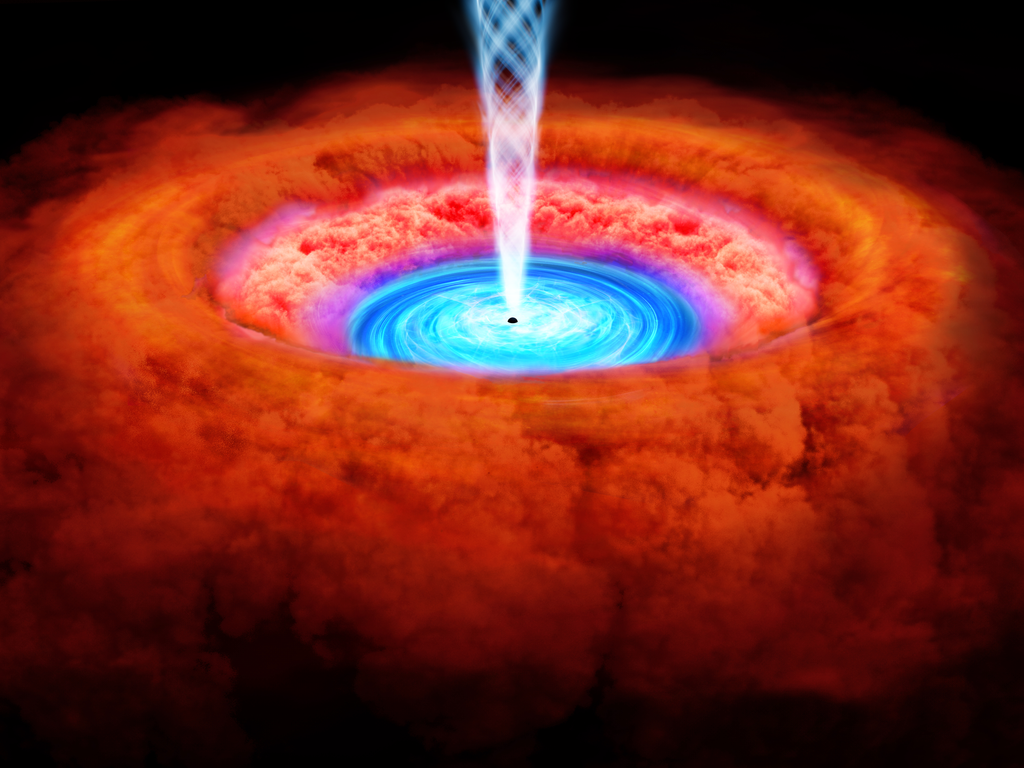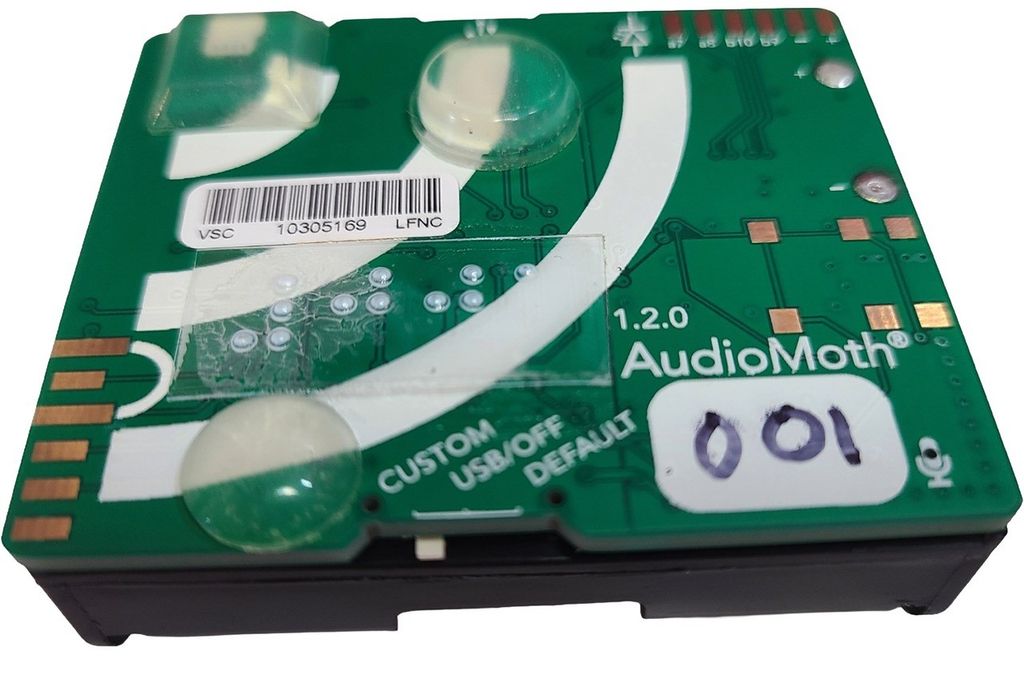In This Week’s Star
- The Dynamic Duo: Jupiter’s Independently Pulsating X-ray Auroras
- Marshall Team Members Visit the University of Alabama for Aerospace Days
- Louisiana Gov. John Bel Edwards Tours Michoud Assembly Facility
- Essential to the Mission: Erica Jones
- Marshall Associate Director Jonathan Pettus Inducted into Lauderdale County’s Walk of Honor
- Former Basketball Star Tamika Catchings Headlines Disability Awareness Month Event at Marshall
- This Week in NASA History: Apollo 4 Launches – Nov. 9, 1967
The Dynamic Duo: Jupiter’s Independently Pulsating X-ray Auroras
A new study using NASA’s Chandra X-ray observatory and the European Space Agency’s XMM-Newton observatory reveals that auroras — northern or southern lights — on Jupiter behave differently at each pole. This makes Jupiter unlike Saturn — which does not have any known auroras — and Earth, where auroras at the North and South Pole generally mirror each other. These latest findings are challenging the current theoretical models that explain the Jovian auroras. New images show X-ray data from Chandra with data from the Juno spacecraft, which is currently in orbit around Jupiter. In the future, scientists hope to combine data from the X-ray observatories and Juno to learn more about the Jovian auroras. NASA’s Marshall Space Flight Center manages the Chandra program for NASA’s Science Mission Directorate in Washington. The Smithsonian Astrophysical Observatory in Cambridge, Massachusetts, controls Chandra’s science and flight operations. (NASA/CXC)
Marshall Team Members Visit the University of Alabama for Aerospace Days
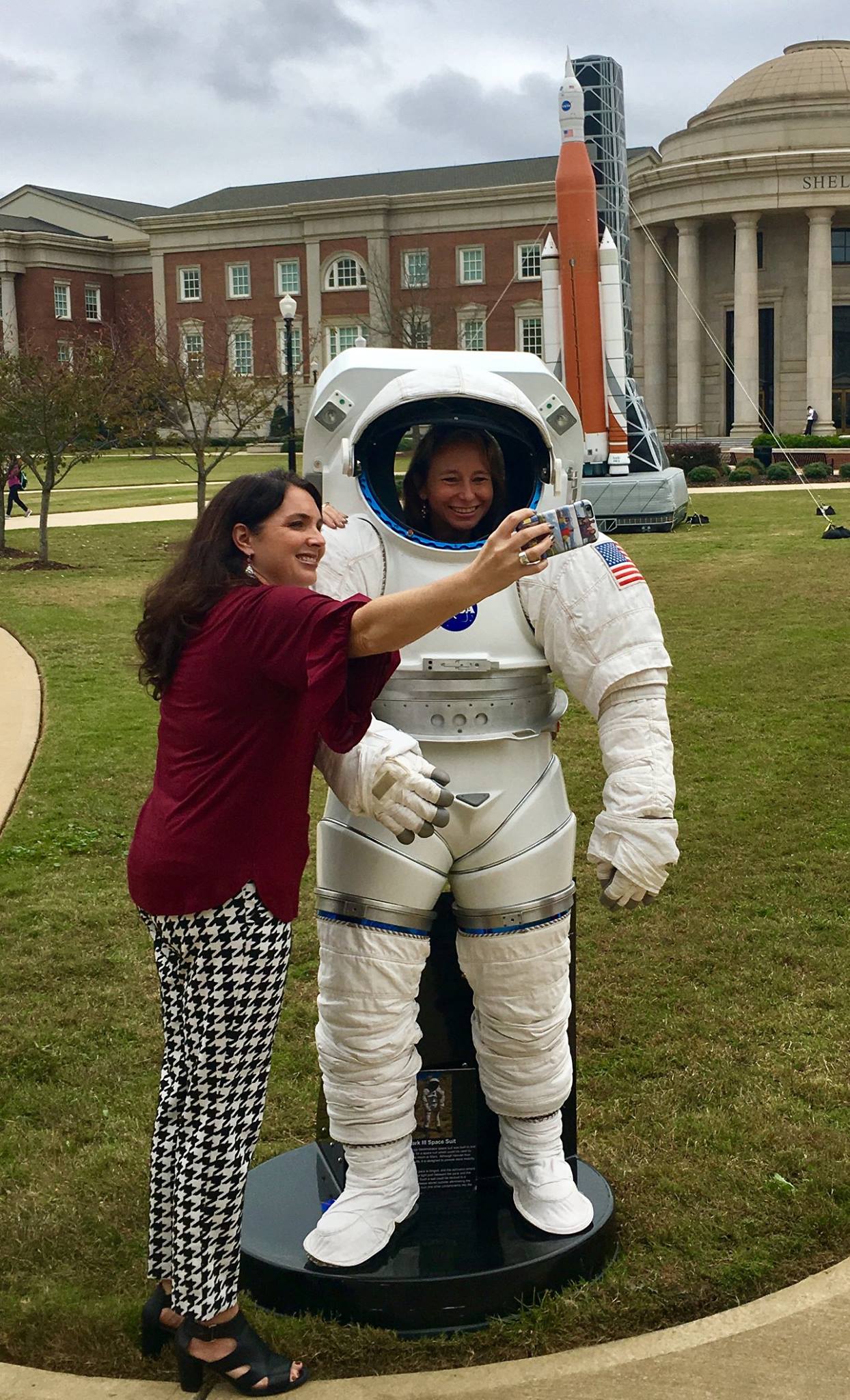
On Nov. 2, team members from NASA’s Marshall Space Flight Center visited the University of Alabama in Tuscaloosa to promote careers in the fields of science, technology, engineering and mathematics and gave students the opportunity to meet and network with industry leaders. The event demonstrates how Marshall leads the way for human space exploration by supporting multiple NASA missions, including the development of the Space Launch System, America’s next deep-space rocket. NASA is working with industry partners in 42 states, and at more than 1,100 businesses nationwide to build SLS and develop technologies needed to make human spaceflight possible. (NASA/MSFC)
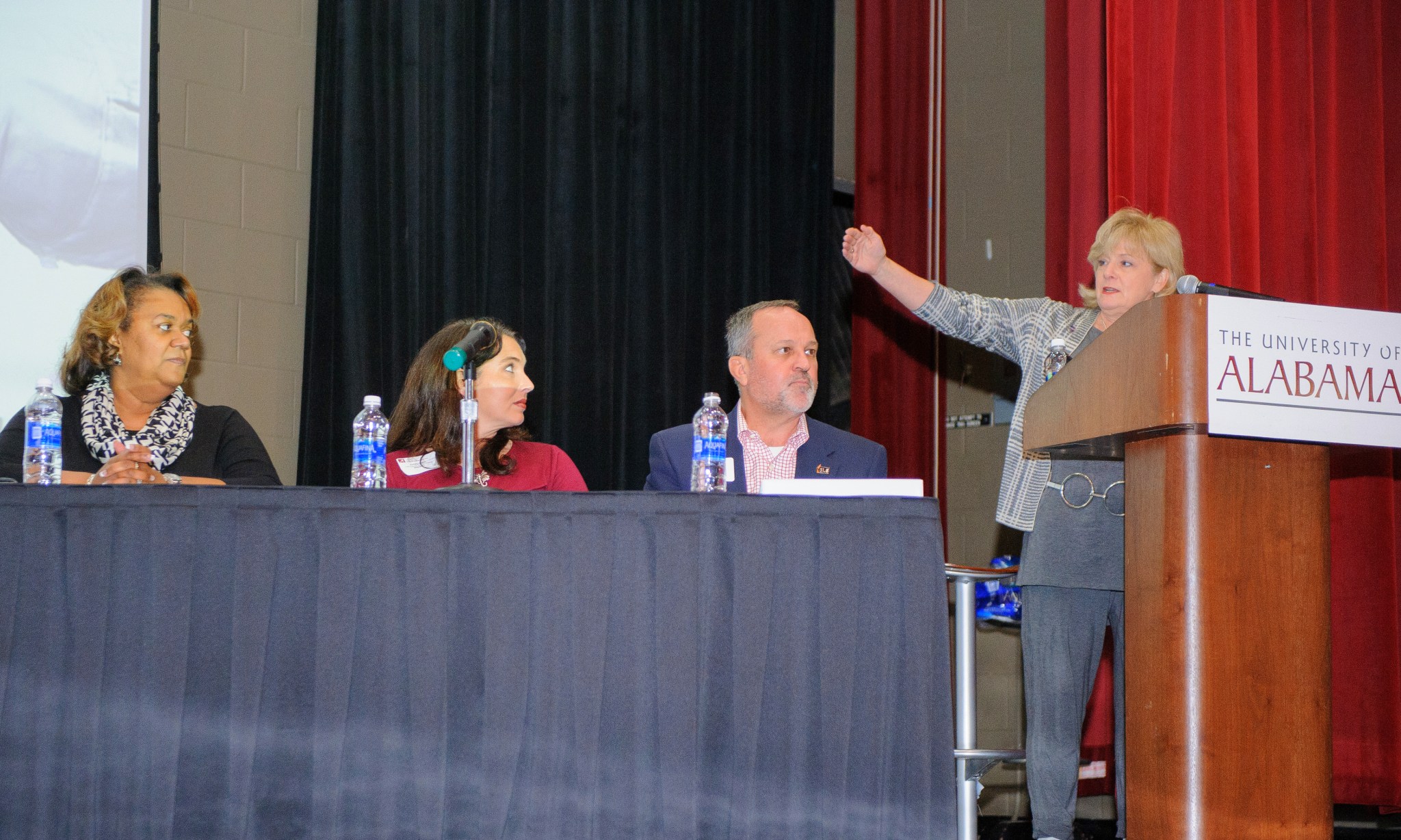
Marshall Deputy Director Jody Singer, far right, speaks during the “State of NASA” panel during Aerospace Days at the University of Alabama. On the panel are Marshall team members, from left, Lybrease Woodard, technical assistant for the Engineering Directorate; Christy Gattis, chief engineer for the International Space Station Life Science Glovebox Payload; and Jerry Cook, deputy manager of the Space Launch System. Sponsored by the College of Engineering at the University of Alabama, Aerospace Days is a multi-day exposition highlighting NASA, and Marshall and industry partner’s missions, capabilities and career opportunities through panel discussions, exhibits, technical lectures and academic affairs career mentorship. (The University of Alabama)
Louisiana Gov. John Bel Edwards Tours Michoud Assembly Facility
NASA officials, joined by Louisiana Gov. John Bel Edwards and New Orleans Mayor Mitch Landrieu, toured NASA’s Michoud Assembly Facility and got a first-hand look at NASA’s new deep-space vehicles being built at the facility.
NASA is building key parts of the world’s most powerful rocket, the Space Launch System, and the Orion spacecraft at Michoud, one of the largest modern manufacturing facilities in America. Edwards discussed new businesses interested in locating at the facility, where 20 companies and more than 3,000 employees currently produce everything from NASA’s newest spacecraft to wind turbines to advanced composite materials.
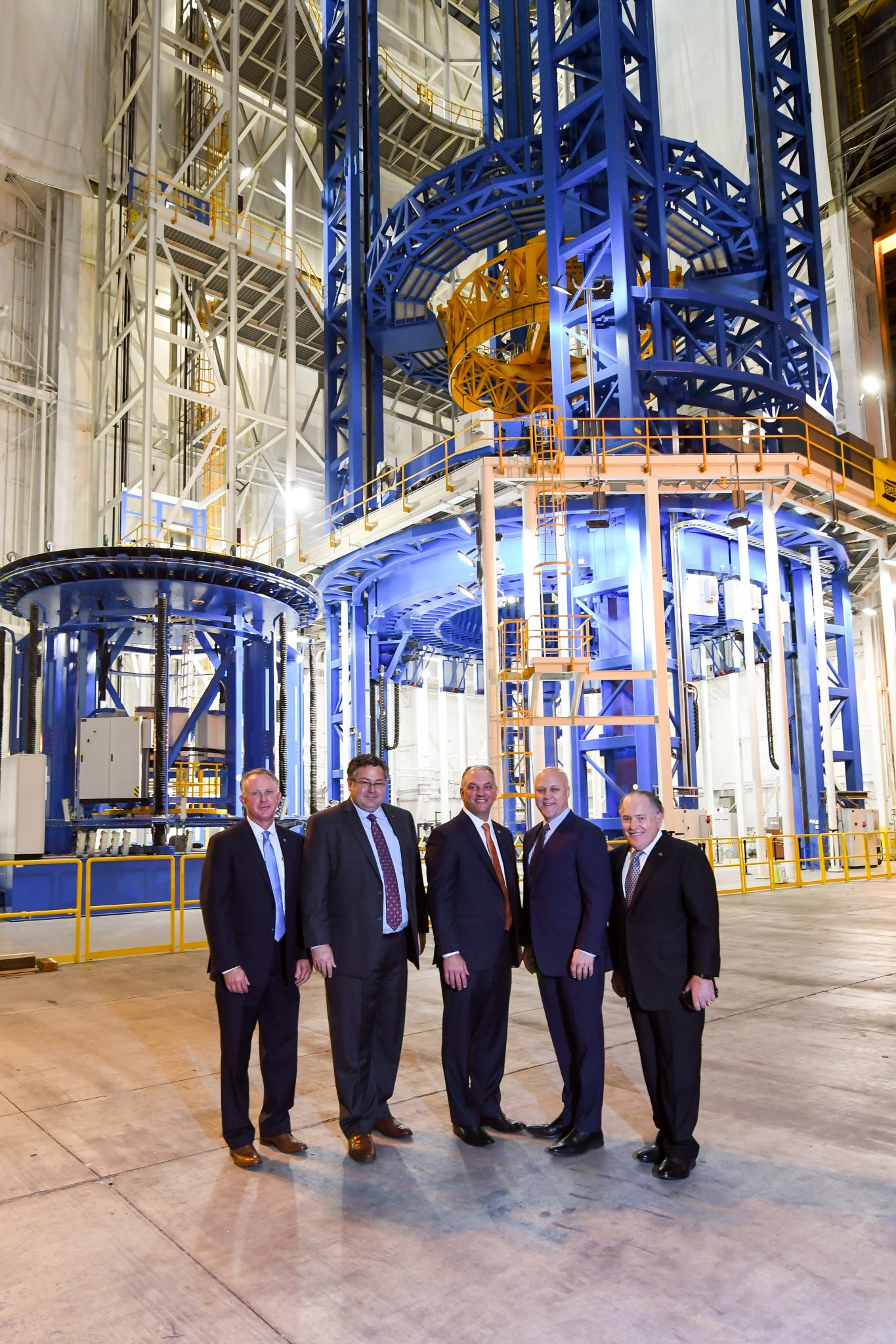
“NASA’s valuable and collaborative relationship with the state of Louisiana advances America’s manufacturing capabilities and helps NASA succeed in our human exploration mission,” said Todd May, director of NASA’s Marshall Space Flight Center, which manages Michoud. “With the support of the state of Louisiana, we’ve created a world-class manufacturing hub right here in New Orleans at the Michoud Assembly Facility.”
Advanced manufacturing technologies and a highly qualified and productive workforce make Michoud a desirable place for growing companies. Michoud is home to the National Center for Advanced Manufacturing, a partnership between NASA, the state of Louisiana, Louisiana State University in Baton Rouge and the University of New Orleans to provide technology leadership and innovative manufacturing techniques for companies.
“Cleary our longstanding relationship with NASA is paying big dividends for Louisiana and New Orleans,” Edwards said. “Our National Center for Advanced Manufacturing, coupled with our aerospace training initiative at Nunez Community College in Chalmette, Louisiana, are positioning Michoud Assembly Facility for a new aerospace era that will drive innovation, employment and economic growth for Louisiana. We are happy to be home to NASA’s assembly operations — more than 2 million square feet under roof — in one of the world’s most advanced manufacturing facilities that is attracting new investments and jobs for our people.”
Edwards announced that Advanced Cutting Systems, a New Orleans company already located at Michoud, plans to add new jobs as it prepares custom composite materials for wind energy turbine blades. At Michoud, Boeing, headquartered in Chicago, is manufacturing the largest rocket stage ever built — the SLS core stage — and will make a new powerful exploration upper stage for future SLS missions. The company plans to add jobs to complete this work.
Many of the companies at Michoud are there because of cooperation between NASA and the Louisiana Economic Development Fast Start Program, which is the state’s top workforce development agency. The program supports Michoud companies, such as Boeing, by providing equipment and curricula for the Center of Aerospace Manufacturing Excellence at nearby Nunez Community College.
“Michoud is even more than a rocket factory,” said Keith Hefner, NASA’s director of the Michoud facility. “Our partnership with the state of Louisiana has provided us with critical skills and support needed to fulfill NASA’s goals of building cutting-edge hardware for the agency’s Space Launch System and the Orion crew spacecraft, plus expand the use of the plant to meet the needs of our government, industry and academic tenants. NASA encourages new companies and industries to take advantage of the many assets Michoud’s unique facility has to offer.”
Essential to the Mission: Erica Jones
By Jonathan Deal
If it weren’t for people like Erica Jones, none of the innovative ideas from NASA’s brilliant scientists and engineers would ever become a reality. Jones is a contract specialist in the Office of Procurement at NASA’s Marshall Space Flight Center. Jones works on the policy and review team, which serves as the final contract checkpoint to ensure that all services and supplies are acquired in accordance with government purchasing regulations.
“Procurement is very broad. Here, in the policy office, we review a lot of procurement-related documents for regulatory compliance with the policies that govern the acquisition process. We also serve as advisors to the contract specialist and contracting officers when they need us,” explained Jones.
“Because policy is changing rapidly, it can be challenging for those contracting officers and specialists to keep up with. We assist them in having information available about changing policies and timely interpretations so we can explain what a particular clause or policy means as related to what they are procuring. We aim to help the contract specialists, programs and projects to make the best business decision for the government at the end of the day.”
Jones began her NASA career as part of the contracting intern program at NASA Headquarters in 2003. A year later, she was hired full-time at Marshall, where she has been a vital team member in the Office of Procurement for the past 13 years.
“Since I’ve been here at NASA, I’ve had the opportunity to work with some exceptional individuals that are very smart; very dedicated,” said Jones. “When you look around at what Marshall does and the magnitude of what is produced here, you have to know that it’s people behind it — whether it’s one person or whether it’s a team. And all the different perspectives that come together and produce what we produce across the agency is very inspiring.”
The Office of Procurement has many different functions — from buying office furniture to complex space hardware. It also sponsors initiatives like the Small Business Alliance, which was established in 2007 to help small businesses pursue NASA procurement and subcontracting opportunities.
“A large part of NASA’s budget is spent on acquiring supplies and services and in the Office of Procurement, it’s our job to manage the acquisition office effectively,” she said. “To me, that’s a very significant responsibility. What we do is a large part of the mission and certainly affects the outcome.”
Deal, an ASRC Federal/Analytical Services employee and the Marshall Star editor, supports the Office of Strategic Analysis & Communications.
Marshall Associate Director Jonathan Pettus Inducted into Lauderdale County’s Walk of Honor
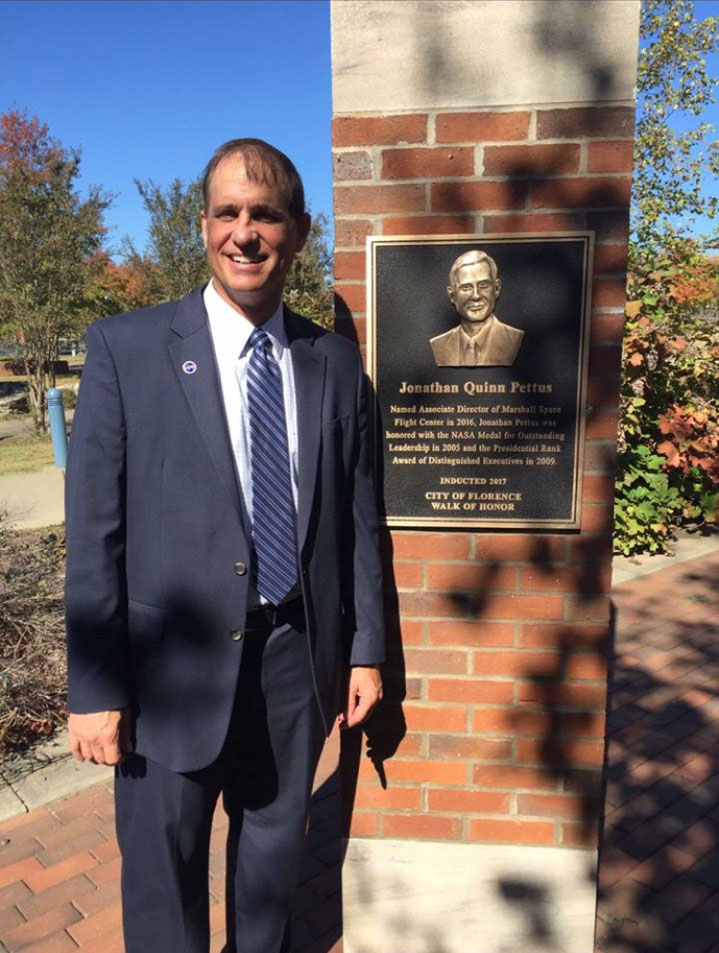
On Oct. 30, NASA Marshall Space Flight Center’s Associate Director Jonathan Pettus was inducted into Lauderdale County’s Walk of Honor in Florence, Alabama. The Walk of Honor, in River Heritage Park, recognizes residents who have achieved national or international acclaim. Pettus, a native of nearby Killen, joined Marshall in 1991 as a computer engineer and was named director of Marshall’s Office of the Chief Information Officer in 2005 before his appointment as Marshall’s associate director in 2016. A bronze plaque with his picture and a brief inscription of his accomplishments has been placed on the Walk of Honor monuments in the park. For more information about the Walk of Honor, click here. (Jonathan Pettus)
Former Basketball Star Tamika Catchings Headlines Disability Awareness Month Event at Marshall
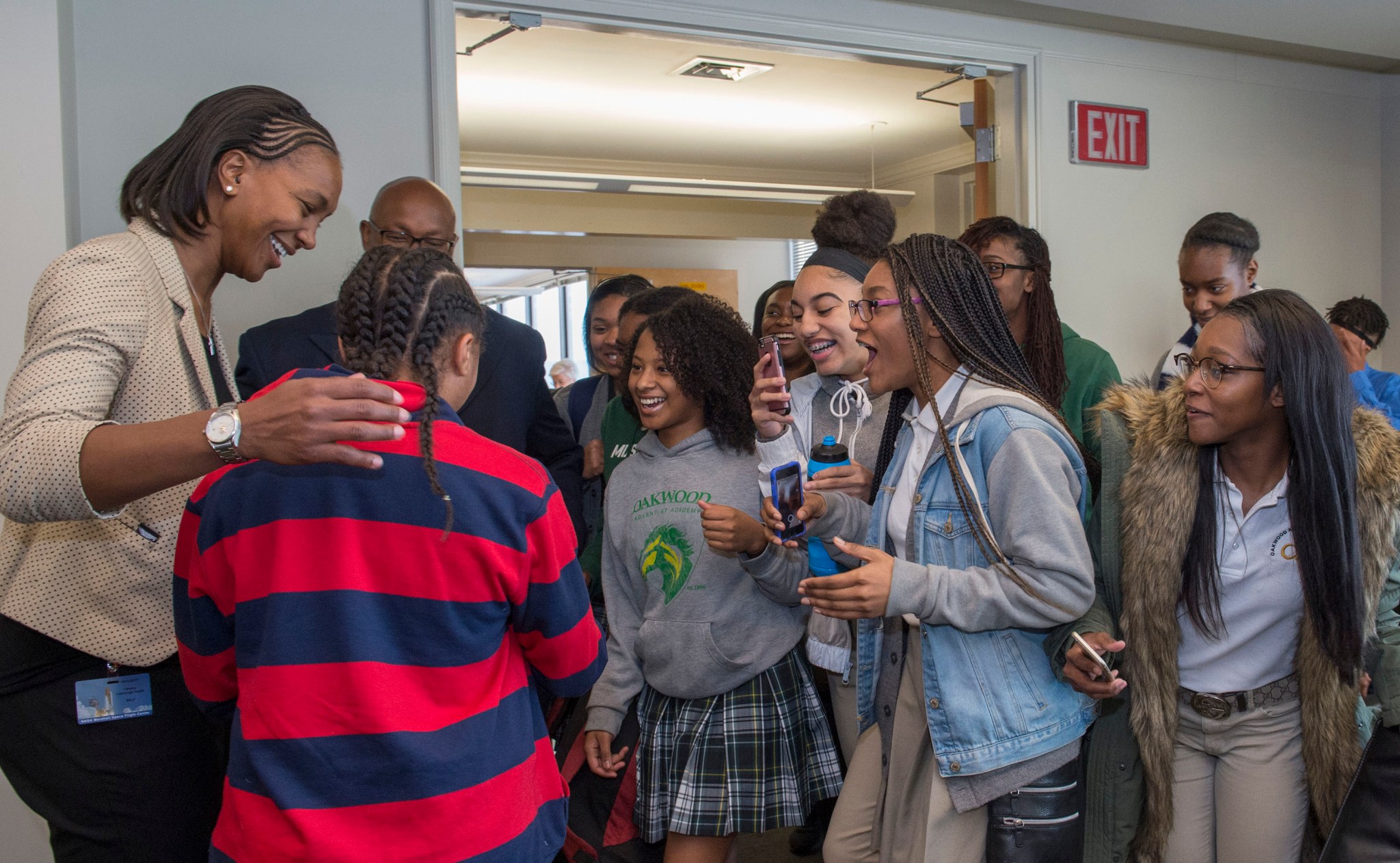
Former Women’s National Basketball Association star Tamika Catchings, left, greets members of the girls’ basketball team from Oakwood Adventist Academy in Huntsville, following her Oct. 31 speech at a National Disability Employment Awareness Month event at NASA’s Marshall Space Flight Center. Catchings, who is hearing impaired, was a celebrated basketball player at the University of Tennessee in Knoxville from 1998-2001. She played 15 seasons for the Indiana Fever of the WNBA and won four Olympic gold medals as part of the American women’s basketball team in 2004, 2008, 2012 and 2016. Marshall’s Disability Employment Awareness Month event, designed to promote and celebrate the professional contributions of individuals with all types of disabilities, was organized by the Office of Diversity and Equal Opportunity. (NASA/MSFC/Emmett Given)
This Week in NASA History: Apollo 4 Launches – Nov. 9, 1967
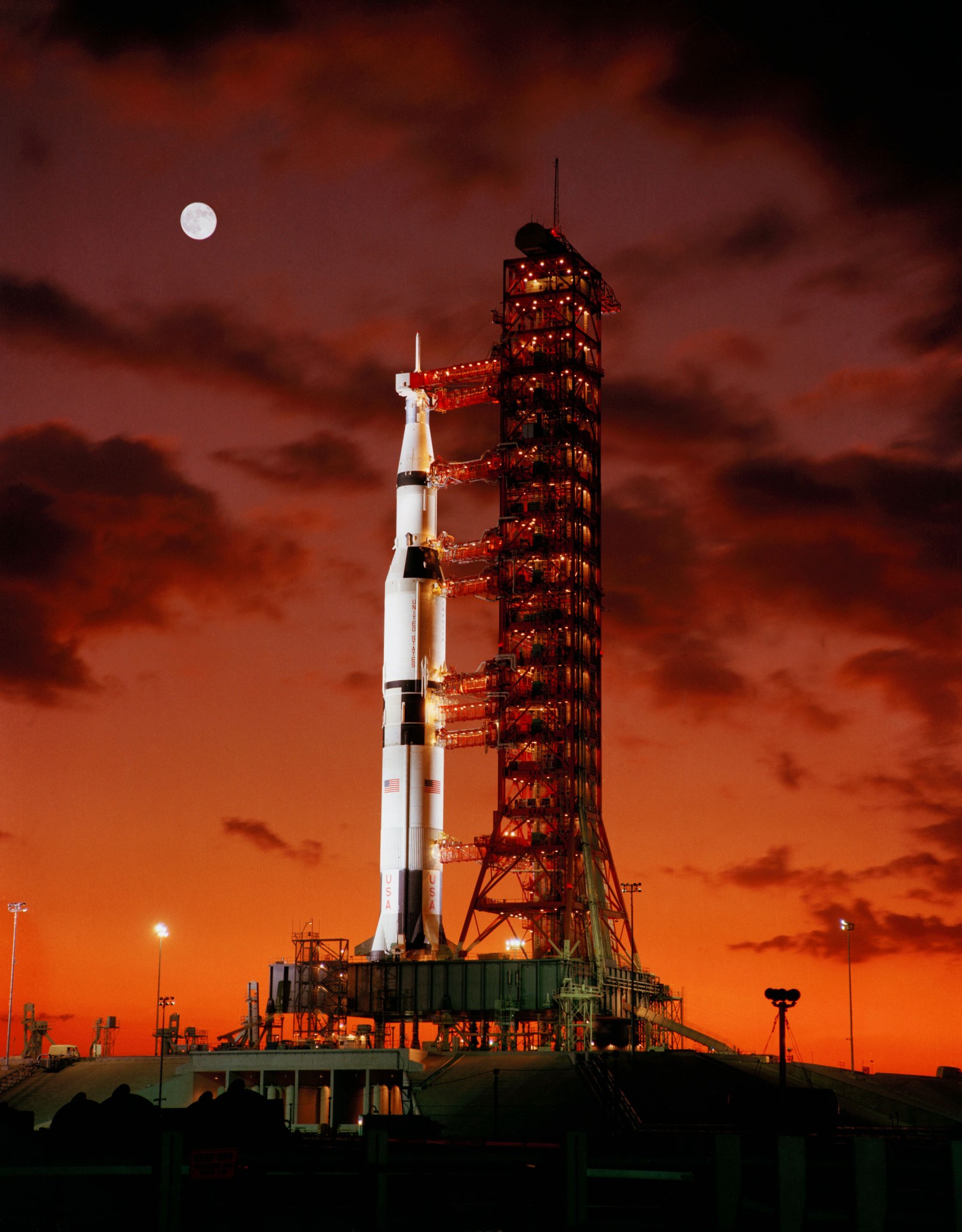
This week in 1967, Apollo 4 launched from NASA’s Kennedy Space Center. The uncrewed mission was the first “all-up” test of the three stages of the Saturn V rocket and was designed to test all aspects of the launch vehicle. Rather than traditional methods of testing rockets, “all-up” called for a rocket comprised entirely of live stages from the very first launch. NASA’s Marshall Space Flight Center designed, developed and managed the production of the Saturn V rocket that took astronauts to the Moon. Today, Marshall is developing NASA’s Space Launch System, the most powerful rocket ever built, capable of sending astronauts to Mars and deeper into space than ever before. The NASA History Program is responsible for generating, disseminating and preserving NASA’s remarkable history and providing a comprehensive understanding of the institutional, cultural, social, political, economic, technological and scientific aspects of NASA’s activities in aeronautics and space. For more pictures like this one and to connect to NASA’s history, visit the Marshall History Program’s webpage. (NASA)













